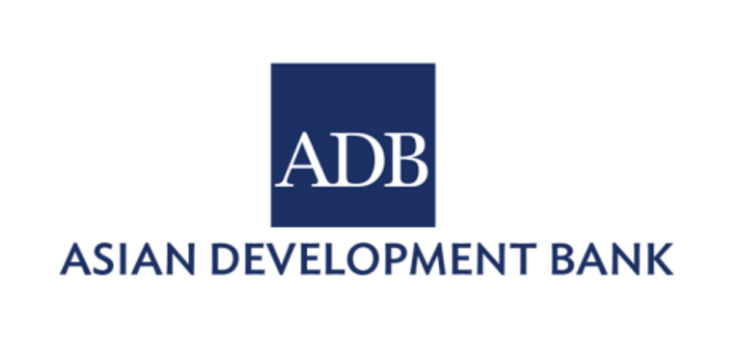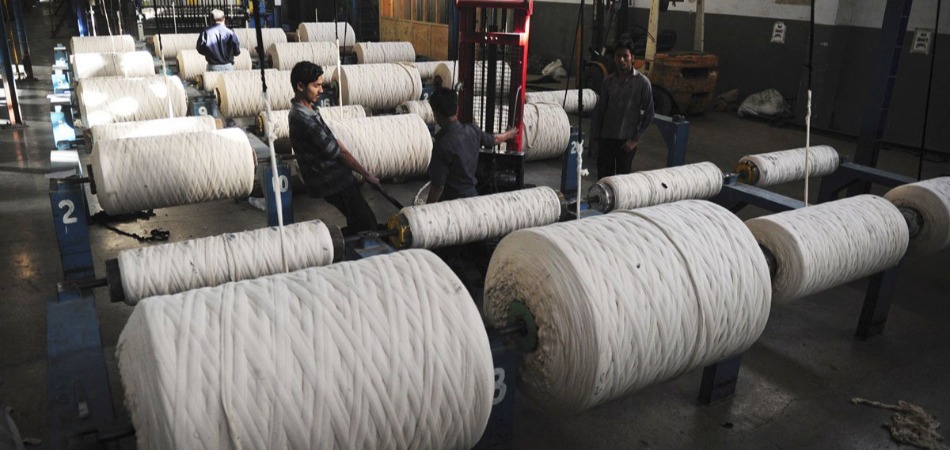ADP urges Asia-pacific region to boost women's participation in transport, logistics

By MG News | March 25, 2024 at 10:16 AM GMT+05:00
March 25, 2024 (MLN): Governments and the private sector in Asia and the Pacific need to take proactive steps to increase the number of women working in the transport and logistics sectors as services for women and girls, and the public overall, will improve, says Asian Development Bank (ADP).
Women are significantly underrepresented in transport-related industries and on average make up only 17% of the transport workforce across 46 countries.
In Sri Lanka, women constitute 3.4% of the workforce in the transport and logistics sector. In India, almost half of the student population in science, technology, engineering, and mathematics (STEM) from 2017-2021 were women.
In these countries, a lesser number of women workers are employed in the transport and storage sector.
In Europe and Central Asia, women make up a quarter of the transport, storage, and communication sectors.
These are often in low-paying jobs in administration, sales, catering, and cleaning, while men dominate engineering, driving and managerial roles.
Women face barriers to accessing equal work opportunities and experience challenging and unsafe work cultures in the transport and logistics sectors.
In India, workers engaged in the gig-economy are expected to grow to 23.5 million workers by 2030. Companies often express concerns regarding women in e-commerce or women delivery workers, and their ability to achieve kilometer targets.
They often do not have many women above the age of 40 as delivery partners.
Warehouses in many cases do not include safe and gender-responsive infrastructure such as secure parking spaces, provision of waiting rooms, rest rooms, and separate clean, hygienic toilets.
The attitude and behavior of male co-workers can also prevent safe, inclusive, and gender-balanced and free from harassment work environments.
Underlying these sector-specific issues, unpaid household and care work are a barrier for women’s labor force participation and employment in general.
Women undertake up to 3.5 hours more unpaid work than men each day in Southeast Asia. In the most extreme cases in Asia and the Pacific, women and girls spend up to 11 times as much time as men on unpaid and household work.
Within this challenging environment, initiatives are underway to include more women in the transport and logistics sectors.
Industry, governments, and education institutions have partnered to create channels for women to enter the industry. Awareness campaigns, scholarships to increase women’s interest and enrolment in STEM fields along with targeted placements are attracting more women.
The Ministry of Transport and Infrastructure in Turkiye has a female internship program with 70 interns since 2021 as a part of its rail freight connectivity project.
The program involves a 20-day paid internship in roles across the ministry, including project experience.
Women are playing a bigger role in operations in technical and managerial positions. Women constitute more than 50% of all positions in operations in the regional rapid transit system between the cities of Delhi and Meerut.
The National Capital Region Transport Corporation aims to retain this approach across all the regional corridors in the Delhi National Capital Region. This includes a gender action plan that outlines steps to develop and promote gender-friendly workplace policies.
Women-focused facilities are also being created to provide a safe environment. Many original equipment manufacturers and logistics companies have created women-only shop floors and warehouses to create a safe environment and to recruit and retain women workers.
In Pakistan, women-only transport services help them feel safer and more accepted, making it easier for them to look for jobs. Over time, this could lead to workplaces and transport services where men and women are more equally included.
Ride-sharing companies like Grab in the Philippines and PickMe in Sri Lanka are promoting greater representation of women drivers through special initiatives that are opening up new opportunities for women seeking economic independence.
These companies offer flexible work hours which is key factor for women joining their network.
Women are being hired for customer services, logistics, customer relationship management, sorting and packing as well as in warehousing and hub operations.
Ensuring women’s inclusion entails documenting and sharing information from projects, initiatives, and programs to create organizational policies to recruit and retain, women in the transport and logistics sectors.
Transforming gender norms and attitudes across transport and logistics sector organizations will be required for sustained change.
Employer-based care programs and community-based care programs, along with the redistribution of household and care work, will also enable women’s participation in the labor force.
Women’s leadership in this sector can create role models and provide the impetus for accelerated action towards gender-responsive transport policies. The Asia Women Leaders Program is working to address gaps in women’s leadership in the region.
It targets senior women government officials who are in positions to influence their country’s public finance, policies and services and provides leadership capacity development strengthening their knowledge, skills, networks, and confidence.
From 2014-2023, 266 women leaders from the economy, planning, finance and infrastructure-related ministries participated in the program.
For women delivery partners, institutional and financial support is required to obtain driving licenses and to rent or own two or three-wheelers (and maintain them). Well-lit, frequent and safe charging infrastructure in active areas is critical.
Separate, clean and hygienic toilets, rest areas, and waiting areas at warehouses, fair wages, flexibility and paid leaves could go a long way in creating a level playing field for women delivery partners.
Finally, government regulations that inhibit women’s participation in the transport and logistics sectors need to be evaluated and addressed, and gender-responsive infrastructure and services need to be established to increase women’s mobility and employment.
The transport sector is transforming rapidly. Successfully meeting the sector’s many challenges will need a diversity of people to usher in an inclusive, user-responsive, and sustainable future. This includes a fair representation of women.
Copyright Mettis Link News
Related News
| Name | Price/Vol | %Chg/NChg |
|---|---|---|
| KSE100 | 132,429.50 111.94M |
-0.73% -973.69 |
| ALLSHR | 82,904.92 631.18M |
-0.34% -283.13 |
| KSE30 | 40,298.50 39.72M |
-0.87% -352.96 |
| KMI30 | 190,561.09 45.91M |
-0.79% -1522.82 |
| KMIALLSHR | 55,662.38 322.47M |
-0.33% -185.32 |
| BKTi | 36,109.27 7.01M |
-0.86% -313.60 |
| OGTi | 28,212.07 7.75M |
-0.79% -225.54 |
| Symbol | Bid/Ask | High/Low |
|---|
| Name | Last | High/Low | Chg/%Chg |
|---|---|---|---|
| BITCOIN FUTURES | 109,165.00 | 109,545.00 108,625.00 |
-50.00 -0.05% |
| BRENT CRUDE | 70.45 | 70.54 69.85 |
0.30 0.43% |
| RICHARDS BAY COAL MONTHLY | 97.50 | 0.00 0.00 |
2.05 2.15% |
| ROTTERDAM COAL MONTHLY | 106.65 | 106.65 106.25 |
0.50 0.47% |
| USD RBD PALM OLEIN | 998.50 | 998.50 998.50 |
0.00 0.00% |
| CRUDE OIL - WTI | 68.65 | 68.73 67.78 |
0.32 0.47% |
| SUGAR #11 WORLD | 16.24 | 16.26 16.08 |
0.11 0.68% |
Chart of the Day
Latest News
Top 5 things to watch in this week
Pakistan Stock Movers
| Name | Last | Chg/%Chg |
|---|
| Name | Last | Chg/%Chg |
|---|




 Worker Remittances
Worker Remittances